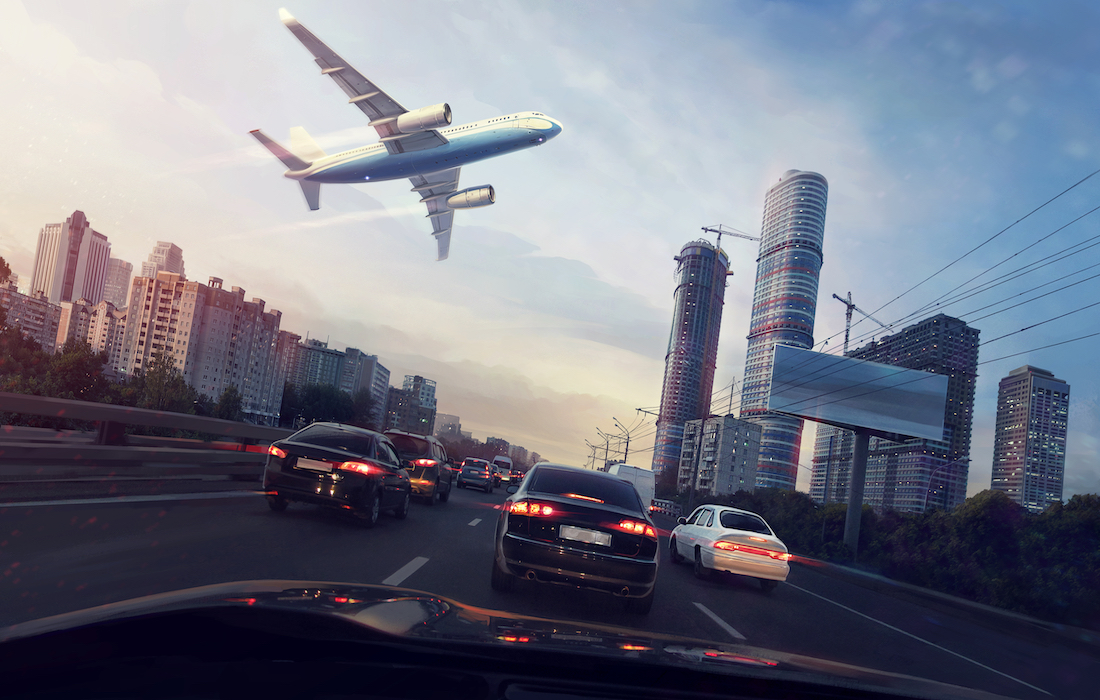Driving a fuel-efficient car usually emits less greenhouse gases than flying. On assessing the global warming effect of a trip from Philadelphia to Boston which is at about 300 miles distance, an environmental news website calculates that driving would generate approximately 104 Kg of CO2. The CO2 is a leading greenhouse gas. This amount of CO2 is produced from a typical medium-sized car, regardless of passengers, while flying on a commercial airplane would produce approximately 184 kilograms of CO2 per passenger. That is a lot!
Carpooling can help lower down greenhouse-gas emission
Carpooling makes the most environmental sense than driving alone. Let’s take an example here: 4 people sharing a car would collectively be responsible for the production of only 104 kilograms of CO2, while the same four people taking up four seats on a commercial airplane would produce around 736 kilograms of CO2.
Flying is economical for long distances
Just because driving in a car might make environmental sense than flying doesn’t mean it always makes the most sense. Driving across the United States in a car would cost far more in fuel than to fly nonstop from one end to another. That’s not even taking the time spent at driver-thru, restaurants, and hotels along the way. People who are interested in calculating fuel costs can consult the American Automobile Association’s nifty online Fuel Cost Calculator. There you can enter your starting city and destination as well as the year, make, and model of your vehicle to get an accurate estimate of what it will cost to travel between points A and B.

Travel-related emissions can be balanced through carbon offsets
Once you have decided whether to take car for your trip or rather fly, make sure you purchase carbon offsets for renewable energy development to balance out the emissions your car is generating. TerraPass is a company that makes it easy for you to calculate your carbon footprint based on how much you drive and fly, and then will get you offsets accordingly. Monies made through carbon offsets fund alternative energy and other projects will ultimately take a bite out of or eliminate greenhouse-gas emissions. The company will also calculate your household energy consumption.
Public transport beats both driving and flying
However, an individual’s emission from taking a bus, the ultimate carpool, or a train than private transport would be significantly lower. Paster believes that a cross-country train trip would produce approximately half the greenhouse-gas emissions from driving a car.
Now, the only way to travel 100% green – use a bicycle or just walk, but the trip will become long enough as it is.








